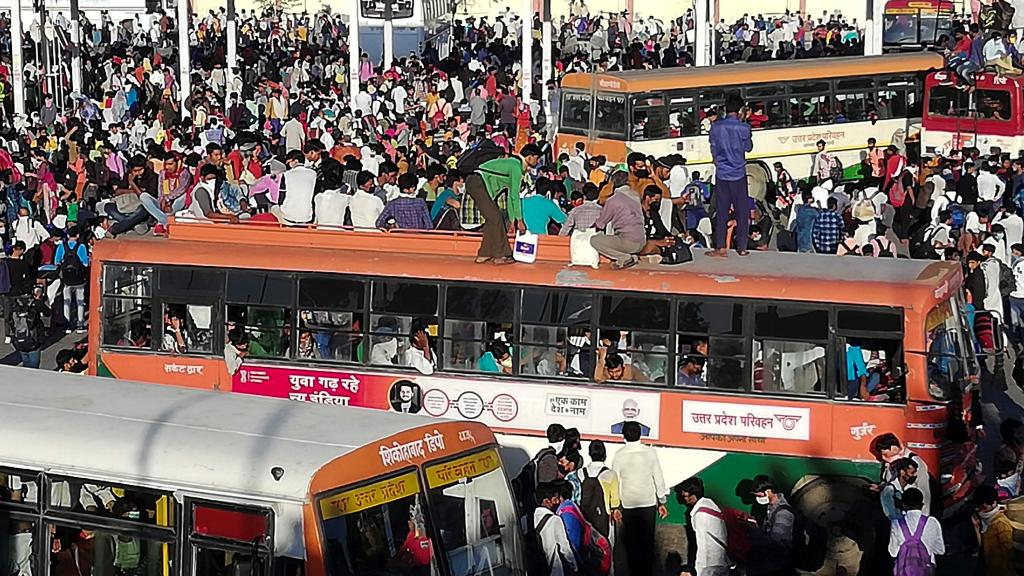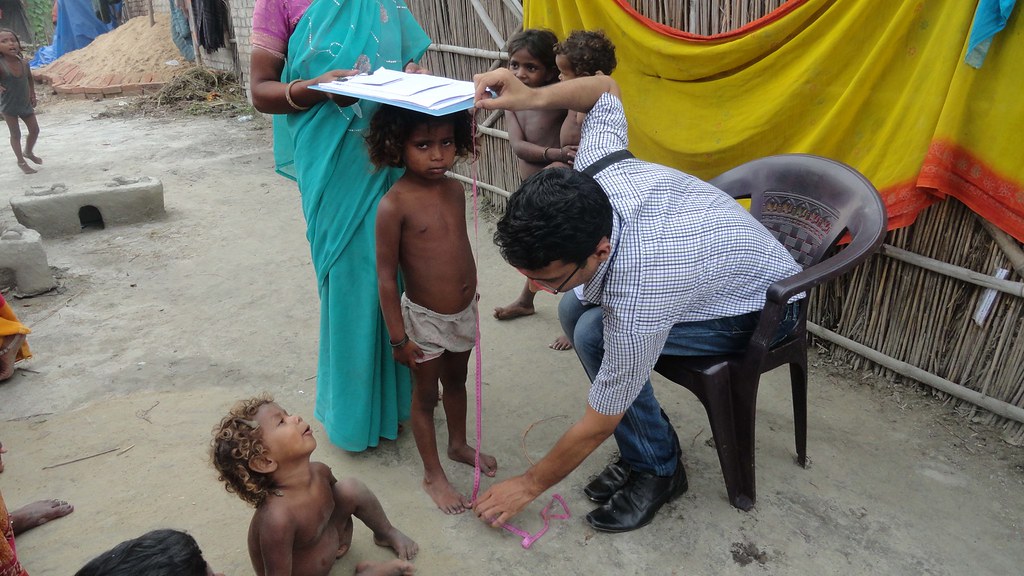
Images of the migrant workers walking for hundreds of kilometres to reach home have created quite a sensation online as we glimpse through them in our comfortable moments of self-quarantine.
As the well to do stock up groceries and binge watch the latest series on Netflix, thousands of unguarded, hungry and malnourished men and women walk to the states they migrated from amid the COVID-19 lockdown.
It is at moments such as these that one thinks of how better it would have been in terms of policy intervention, if transportation mechanisms to drop these workers back home had been announced prior to the lockdown.
This is a section of the population which is already impoverished, malnourished and helpless and a situation such as the total lockdown has brought about unprecedented difficulties for them.
The anxiety and worry in the eyes of hundreds of migrant workers who had been surging at Delhi’s bus terminal to catch the bus back home or those who out of sheer helplessness decided to walk back home without access to drinking water, food or any money is sufficient proof of the fact that the state has indeed failed them.
With hundreds of workers waiting outside Delhi’s Anand Vihar Terminal with the hope of catching a bus back, the purpose of social-distancing had already been defeated in the absence of enough mechanisms to ensure safe and smooth journeys back home for these migrant workers.
With the economic lockdown bringing a total closure to their already limited options of livelihoods, most of these migrant workers were left with no money to stay back in the cities.
Thus when they are in process of walking back home, it takes a high toll on their already fragile health. They are already malnourished and thus their suffering due to the tremendously long journeys that they take and especially for those who are walking, leads to severe implications and often fatalities on the way.
In the absence of money or social security, several migrant workers primarily from the northern states took a walk back home. It is at this point that one asks whether there could have been better planning involved and more flexible transportation options could have been arranged by the government to take them home? A good way to do this would have been to inform people that with the Sunday junta curfew, people would be given the time of a few days to go home if they chose to do so.
Trains could have given important information on COVID-19 dissemination outlets as millions took their journeys home. There should also have been a clear message that all concerns of migrant workers like provisions of food, water and shelter in cities would be arranged and this would have reduced the need for instant flight.
This crisis is proof enough of the fact that such moments of crisis take the greatest toll on the most marginalised sections of the population such as these migrant workers.
This can be seen as a learning lesson for policy making and developing a renewed approach to migration associated decisions, we must bring social security of the migrant workers at the centre stage and ask why our working cultures have become so distant and aloof to the needs and rights of these migrant workers? They constitute about 37% of the workforce in the Indian economy, whey then is the establishment so far removed from their pains and anguish?










